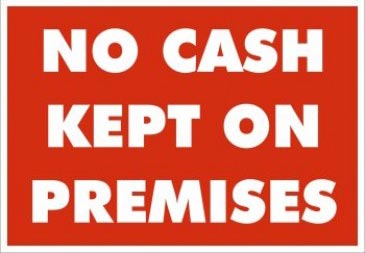It’s not getting any cheaper to live:
“…it’s impossible to get a sense of the real damage from inflation without looking at the cumulative inflation in necessities (the goods and services that people are required to purchase on a regular basis to live day to day). If we throw out the CPI distraction and look at common necessities since 2020, the economic picture is far more bleak.
Overall food prices have soared by 25%-30% in only three years (again, this means that you are now paying 30% more this year for food than you were paying at the beginning of 2020). Chicken is up from $3 per pound to $4 per pound. Beef is up from $3.50 to $6 per pound. Corn is up from $3.50 per pound to $4.70 per pound. Wheat is up from $5 per pound to $7 per pound. In 2019 the average American household was spending $8100 on food annually; with a 30% increase, in 2023 Americans will be spending at least $10,500 per household.
By the end of 2019, the average rental price of a single family home was around $1450 per month. This year the price is around $2000 per month. At the beginning of 2020, the median cost of a home was $320,000; by 2023 the price skyrocketed to an average of $416,000.
For gasoline, the price in early 2020 was around $2.50 per gallon. The price has fluctuated dramatically due to Biden’s manipulation of the market using strategic reserves, but still remains high today at $3.80 per gallon.
The cost of electricity has risen swiftly, holding steady around .13 cents per kilowatt hour for a decade, then spiking to at least .17 cents per kilowatt hour by 2023.
Remember, most of these costs are static and are difficult to reduce through household spending cuts. These are not items that are easily removed from a monthly budget and the expenditures add up to considerable pressure on consumer accounts. This is probably why around 74% of the public in polls say that the economy is getting worse, not better. It’s because government statistics are not highlighting the true inflationary crisis.
When we look at the cumulative climb of prices in necessities since before the inflation crisis officially began, the truth is that Americans now have to increase their wages by at least 25%-30% on average to maintain the same standard of living they had three years ago. This is a disaster not seen since the stagflationary event of the 1970s and early 1980s. If you have a strange feeling like your bank account is being rapidly drained in recent months, that’s because it is.”
Please plant gardens and learn how to grow your own food. It’s really important. There is no relief on the horizon.


7 comments
Just to add, the grocery budget will be even higher if you’re buying good food, not processed junk.
I’m not actually sure that’s true.
The price of say, a 16 oz bag of processed snack chips, with it’s high caloric density, but low nutritional value and even lower satiation capability is at least 3 times more expensive than that same weight of whole potato.
It might be the same price as the equivalent weight in bread ingredients (wheat flour, leavening, salt and oil), but the 16 oz loaf of bread will last you several meal where the snack chips won’t really even make one.
The only advantage you gain is that the chips can be eaten immediately,
Do you choose the related articles? One is “He is Risen!” April 21, 2019. Quite a propos.
They are chosen by the app – that is interesting.
Zerohedge could use a better proof-reader! Corn and wheat prices are per-bushel and the electricity price is $0.13 to $0.17 per kwh, not $0.0013 to $0.0017. Those are just the ones that jumped out to me on my first read-through.
It has always been, the healthier you eat the more you pay. If you must buy, buy only what best feeds your body. Cut out the empty calorie / zero nutrition foods.
Planting nutrient dense food, and focusing on what grows best for your area is key and David has talked about this a lot over the years.
There was once a time when low to moderate skilled gardeners spent more on their gardens than they would have buying groceries. That doesn’t seem to be the case. I am so glad I kept up a nursery growing landscaping plants during that period of time because it gave me a few skills today I use for survival gardening. Spring 2020 I moved into food production.
Comments are closed.